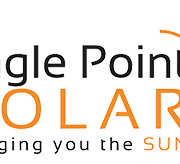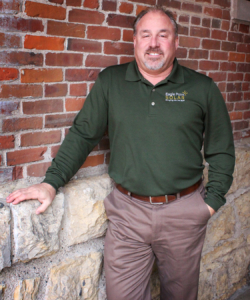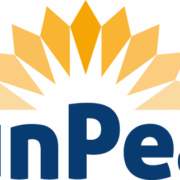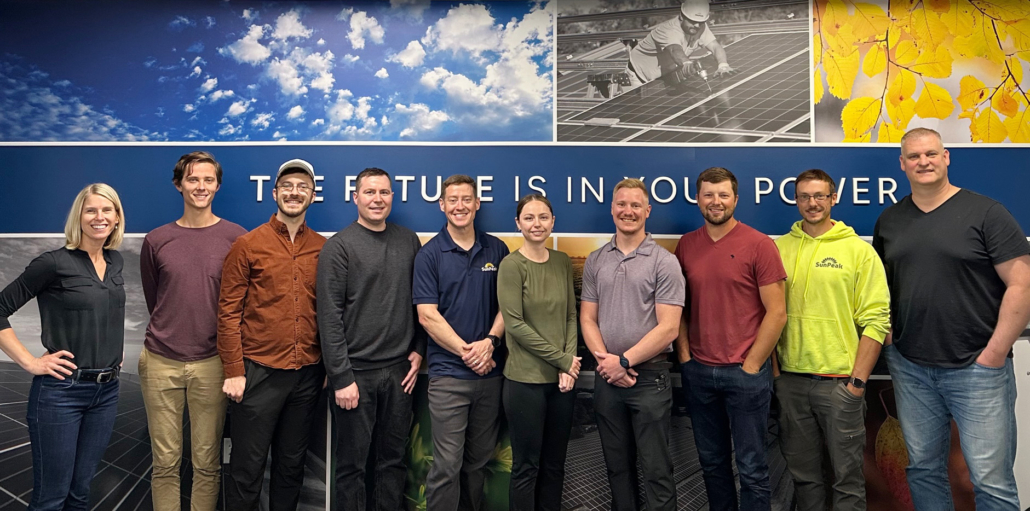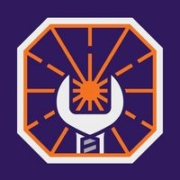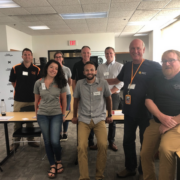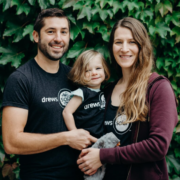Installer Member Feature: Current Electric
Tell us a little about how solar work began as part of your company? What were the motivations?
Our company president, Charles Smith, is a solar pioneer who, as young as he can remember has always been interested in direct-from-source energy creation for our use. He has found that photovoltaic (PV) solar electrical power has proven to be one of the most viable ways to capture that energy.
When Current Electric first started installing solar, the PV systems were cost-prohibitive, except to early adopters who believed in helping provide options for our energy source or understood long-term investments such as a farmer understands the long-term investment in their land. Those early solar customers found that their systems eventually paid for themselves, and proved to be satisfied with their solar PV systems. Due to rising energy costs and return on investment calculations, those systems have now paid for themselves and continue to produce power and pay on their investment.
Now, more than 20 years later, the tide has turned. The price of the solar modules is down over 1000%, which is 10 times less than the cost our pioneer customers paid for solar. With rising energy prices and decreased system costs, the time to install solar is now. Read more


